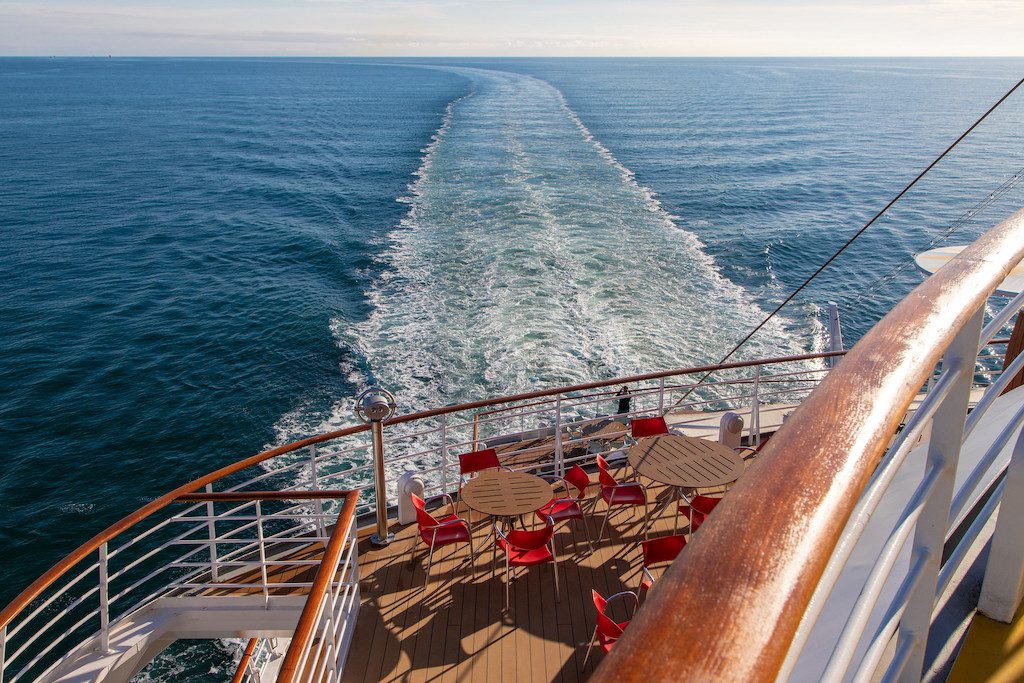Skift Take
Carnival is on the cusp of restarting cruises on AIDA and Costa brands. To say the company has something to prove is an understatement.
In its long battle to get ships back on the seas, the world’s largest cruise company, Carnival, has come to see two fronts: the United States, and everywhere else.
In a recent podcast interview with Bloomberg, Carnival CEO Arnold Donald noted that right now, the idea of sailing in the U.S. is “premature” due to “pretty vibrant” community spread of Covid-19 happening there. This echoes comments made by Royal Caribbean CEO Michael Bayley in the company’s last earning call, who said high infection rates in the U.S. would naturally hinder the restart of operations. (Never mind that both companies have been selling tickets for such premature cruises in the U.S. all summer long.)
But in Europe, the situation is different. With lower — though by no means stable — rates of infection, Carnival is preparing to relaunch cruises on two of its brands starting September 6. AIDA will begin limited cruises out of just two ports in Germany, while Costa will offer two new itineraries for Italian guests only. Both of these itineraries will be “cruises to nowhere” so to speak, with no port stops during the itineraries to limit the risk of spreading the virus.
With flag state and destination approval already secured, according to Donald, it looks more likely these cruises will go forward than prior false starts in the U.S. — some of which were being marketed before the Centers for Disease Control had actually authorized cruising to restart. They will also represent something of a test for Carnival, which found itself at the uncomfortable center of a disproportionate amount of the cruise-related infection outbreaks at the start of the pandemic.
In a sense, Carnival is putting its own protocols to the test: Is it possible to sail safely in source markets where community transmission of the virus is low? If it’s not, then sailing in the U.S. will most certainly be a long way off. Tellingly, Donald indicated in his conversation with Bloomberg that the goal might not be to prevent any case of infection from happening on a cruise ship forever, but rather, improving how it’s dealt with compared to in March when the pandemic began.
“If it’s in society, if it’s out there in general, chances are you eventually will have someone on board a ship that will have it,” Donald said. “So the trick then of course is to make certain that you are able to quickly identify, that you can isolate the person, and that during the time they were exposed there were plenty of mitigation of risk protocols in place so the probability of spread has been greatly reduced.”
The protocols Donald referred to include wearing a mask, physical distancing, the encouraging of hand washing, and other steps like getting rid of buffets on board.
As for the prospect of sailing in the U.S. in 2020. Donald said it was a “possibility if we can get mitigation of spread down.”
The Daily Newsletter
Our daily coverage of the global travel industry. Written by editors and analysts from across Skift’s brands.
Have a confidential tip for Skift? Get in touch
Tags: carnival, coronavirus, costa
Photo credit: The AIDAluna, owned by Carnival Corp. Kevin Hackert / Flickr
